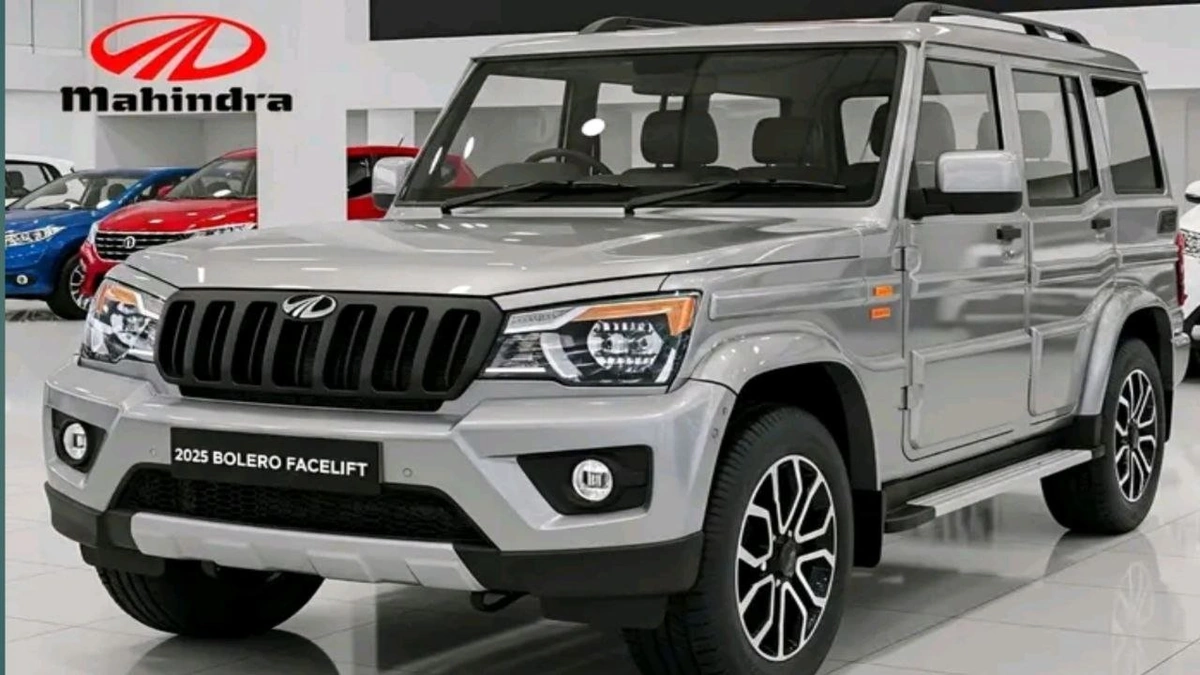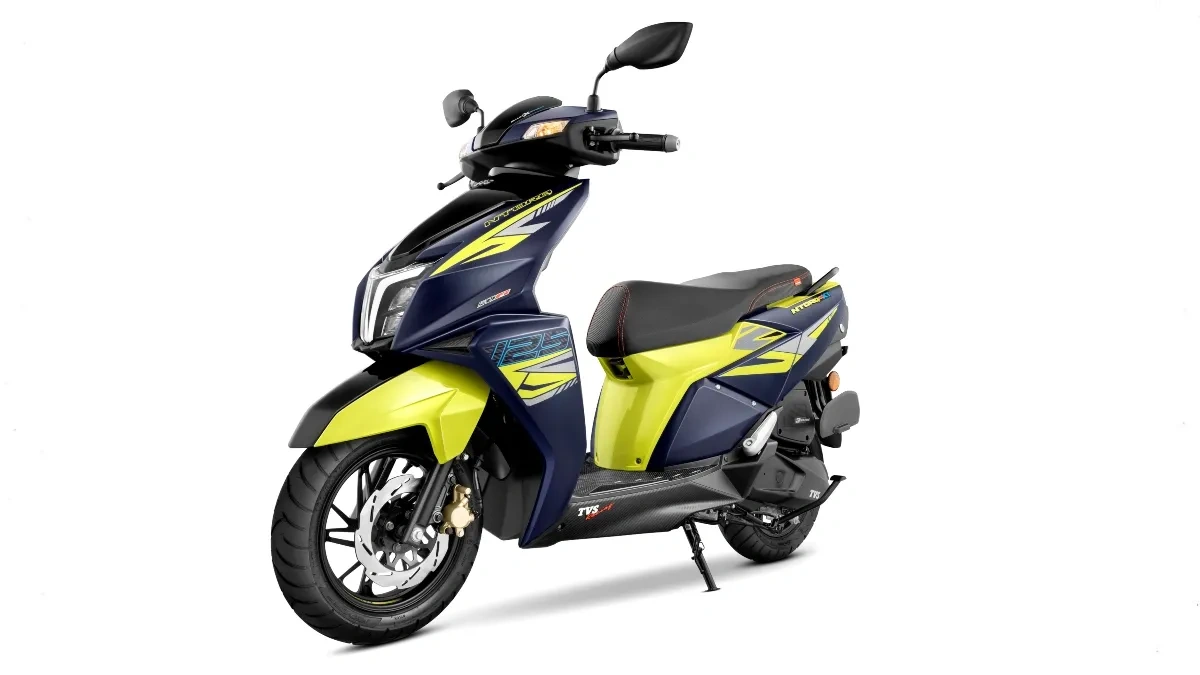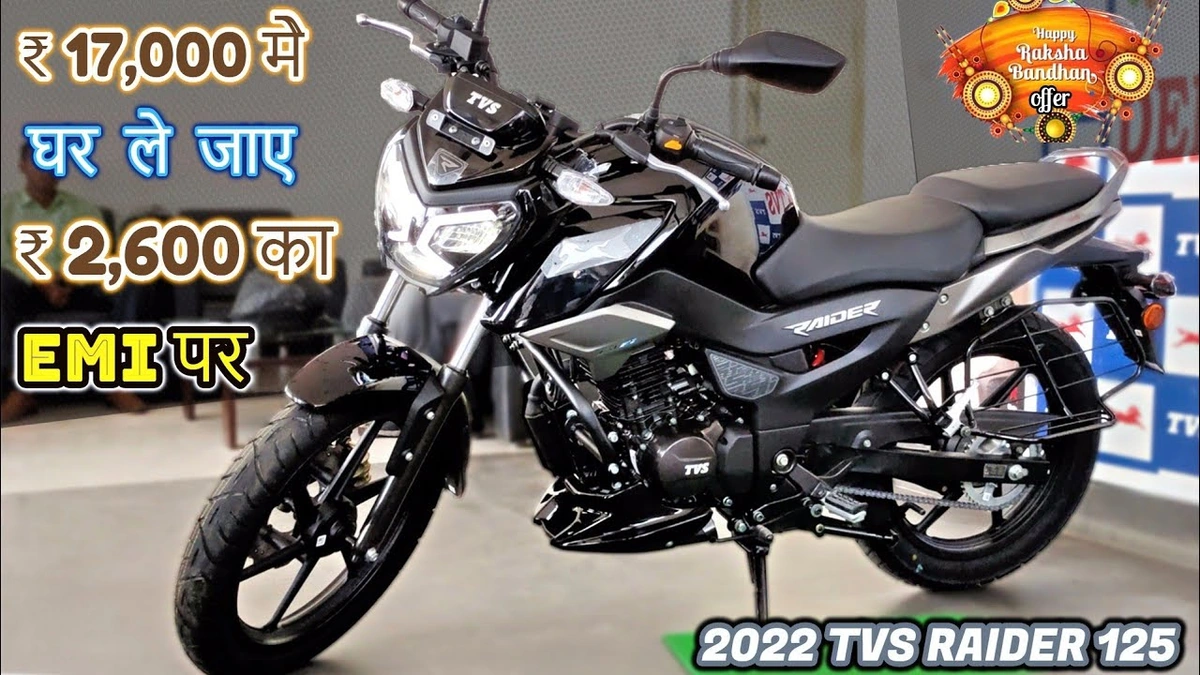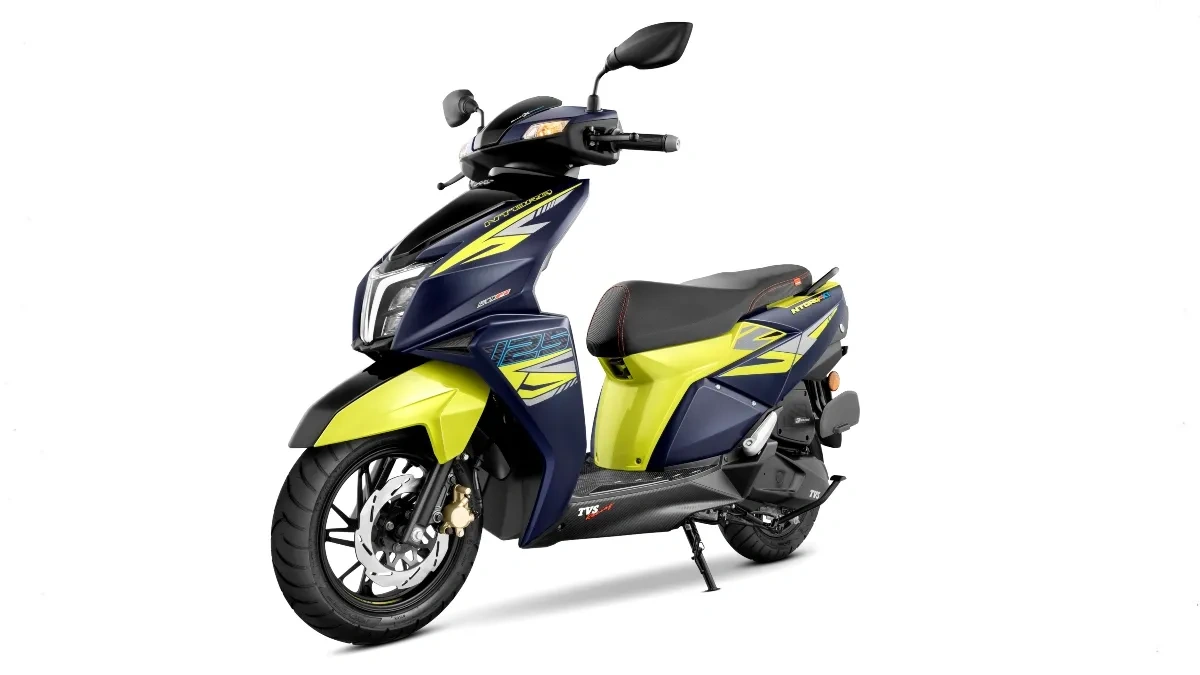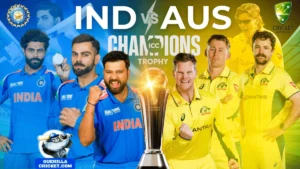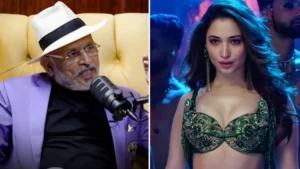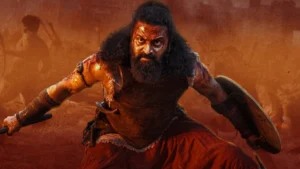The Mahindra Masterstroke | How an Old-School Giant Became India’s Coolest Car Brand
Let’s be honest. Take a drive through any Indian city today Delhi, Bangalore, Mumbai, it doesn’t matter and play a little game. Count the number of new Mahindra cars you see. The swanky XUV700 with its futuristic lights, the brutish Scorpio-N that commands respect, or that head-turning Thar that looks like it’s ready to conquer the Himalayas, even if it’s just heading to the grocery store.
They’re everywhere. And it feels… sudden.
Just a few years ago, the name ‘Mahindra’ brought to mind a very different image. Think rugged, dependable, and maybe a little… agricultural. The trusty Bolero, the workhorse Scorpio. They were cars you bought with your head, not your heart. They were tools.
So, what on earth happened? How did this legacy brand, famous for tractors and jeeps, suddenly become the most aspirational, tech-forward, and frankly, coolest mainstream automaker in India? This wasn’t an accident. It wasn’t a fluke. It’s one of the most brilliant corporate turnarounds I’ve ever seen, and it’s a story about more than just cars. It’s a story about understanding the soul of the new India.
From Bolero to ‘Big Daddy’ | The Masterclass in Reinvention
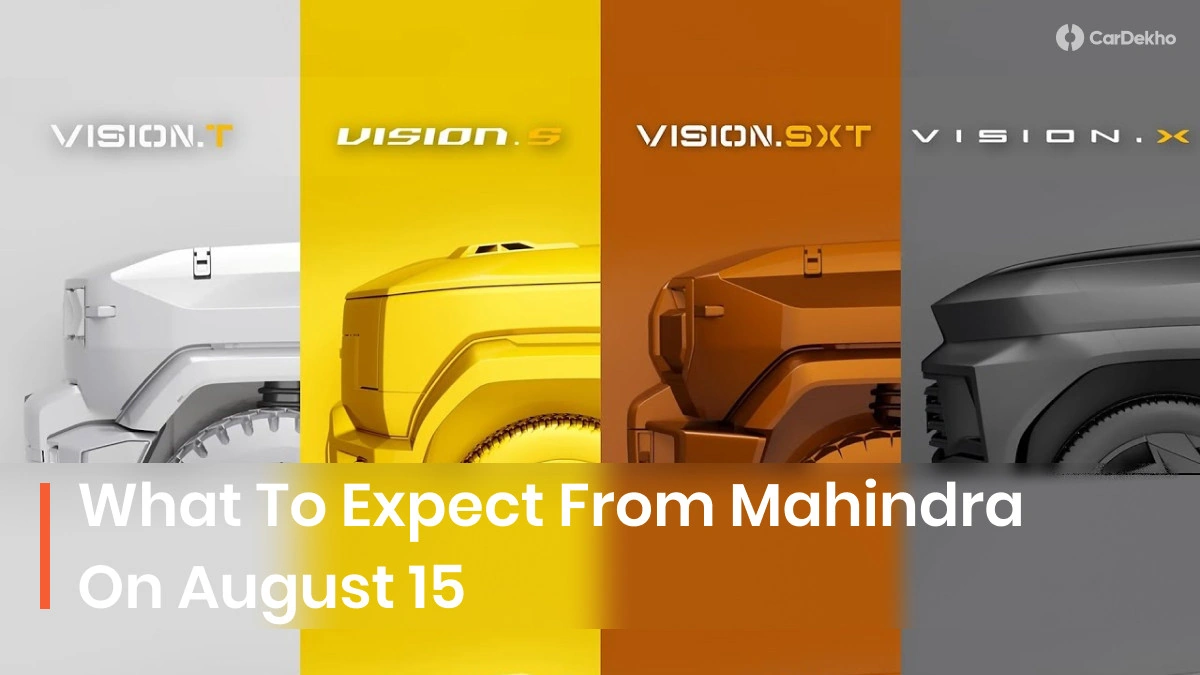
I remember seeing the new “Twin Peaks” logo for the first time on the XUV700. It wasn’t just a minor tweak. It was a statement. The old, familiar oval was gone, replaced by something sharp, metallic, and distinctly modern. That logo change was a signal of a much deeper transformation happening within the company.
For decades, Mahindra’s strength was its no-nonsense engineering. Their vehicles could take a beating. But let’s face it, they lacked finesse. The interiors were plasticky, the ride was often bumpy, and the features list was… functional. They were serving an older India, one that prioritized durability above all else.
But India was changing. Fast. The new Indian buyer, flush with new income and global exposure, didn’t just want a car that worked. They wanted a car that made them feel something. They wanted slick touchscreens, panoramic sunroofs, advanced safety features, and a design that made their neighbours peek over the fence.
This is where Mahindra pulled its masterstroke. Instead of just incrementally improving its old cars, it went back to the drawing board. They poached top talent, like design chief Pratap Bose, and empowered them to dream big. The mission was clear: build SUVs that could not only compete with but beat the international competition on design, tech, and desire. The result wasn’t just a new lineup of cars; it was a complete reinvention of the brand’s identity. They stopped selling utility vehicles and started selling aspirations.
The ‘Triple Threat’ Strategy | Why Thar, XUV700, and Scorpio-N Changed Everything
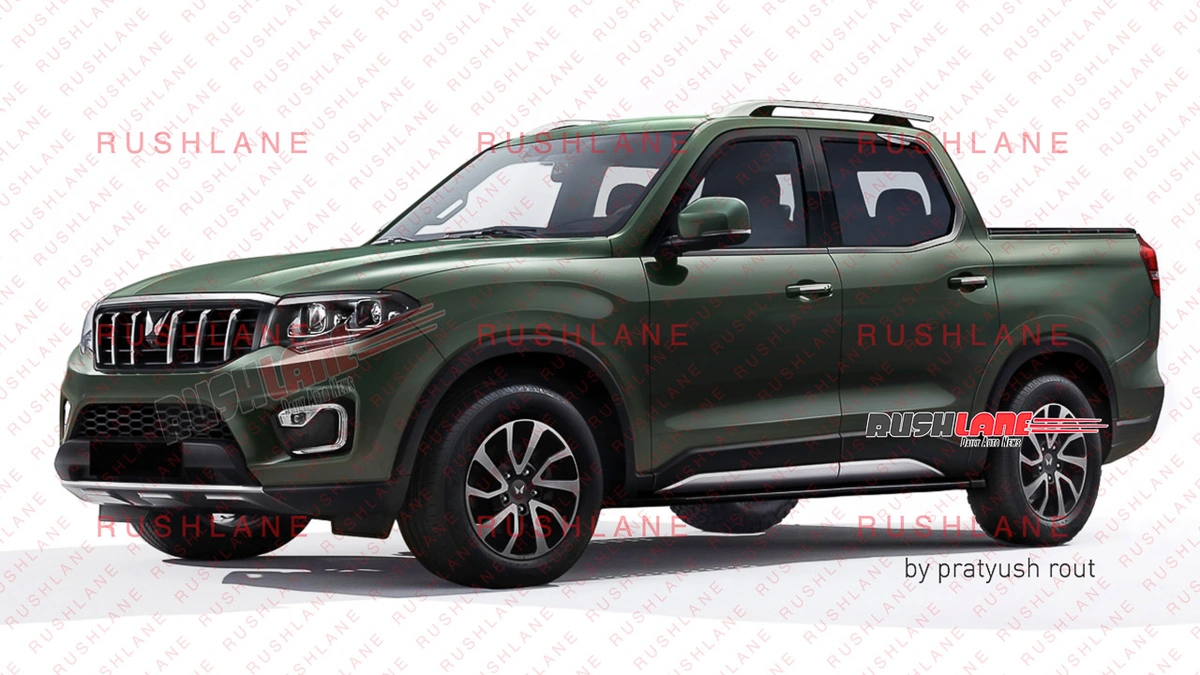
You can’t talk about the new Mahindra without talking about the three musketeers that led the charge. What’s fascinating to me is that each one targeted a completely different emotion, a different buyer, and a different part of the market. It was a perfectly executed pincer movement.
- The Mahindra Thar (The Heart): This was the game-changer. The old Thar was a cult classic for hardcore off-roaders, but it was impractical for daily life. The new Mahindra Thar, however, was pure genius. They kept the iconic, rugged looks but made it comfortable, driveable, and packed it with modern features like an automatic gearbox and a touchscreen. Suddenly, it wasn’t just for enthusiasts; it was for the urban adventurer, the software engineer who dreams of the mountains. It became a lifestyle statement, an emotional purchase. You don’t *need* a Thar in the city, you *want* one. And people are waiting over a year to get it.
- The Mahindra XUV700 (The Brain): If the Thar was about passion, the XUV700 was about intelligence. When it launched, the feature list was simply staggering for its price. A massive dual-screen display that looked like it was lifted from a Mercedes? Check. Advanced Driver Assistance Systems (ADAS) that could practically drive the car itself in traffic? Check. Powerful petrol and diesel engines? Check. It attacked the segment ruled by the likes of the Tata Harrier and MG Hector with overwhelming technological superiority. It made a rational, compelling case that you were getting features of a 50-lakh car for half the price. For a value-conscious but tech-savvy market, this was an irresistible proposition.
- The Mahindra Scorpio-N (The Gut): This was perhaps the most brilliant move of all. The Scorpio is a legend, an icon with a loyal, almost fanatical following. How do you update a legend without angering the purists? You don’t. You create a new one. By launching the sophisticated, modern Mahindra Scorpio-N as the “Big Daddy of SUVs” and keeping the old model on sale as the “Scorpio Classic,” Mahindra performed a marketing miracle. They captured a brand-new, more premium audience without losing a single one of their loyal customers. The Scorpio-N appeals to our gut feeling—the desire for power, presence, and dominance on the road.
Together, these three models created a perfect storm. They redefined what a Mahindra could be and sent the competition scrambling. It’s a strategy that even a brilliant Vinfast India Gamble would find hard to replicate overnight.
It’s Not Just Metal; It’s Code and Aspiration
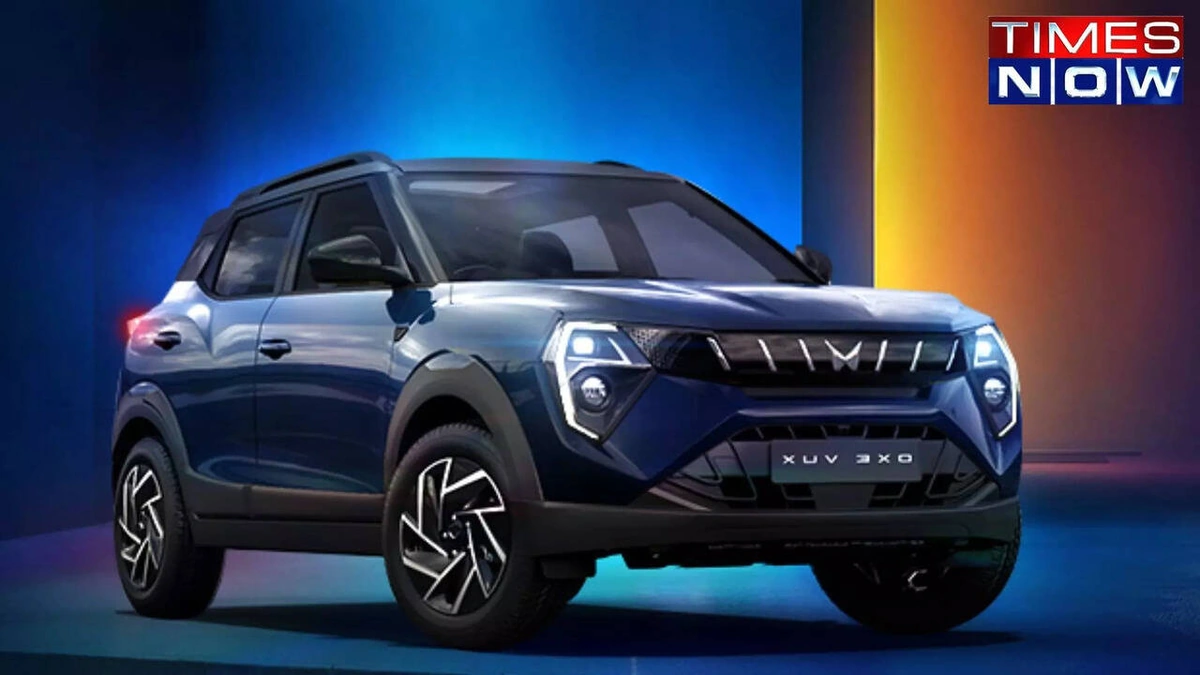
Here’s the thing a lot of people miss. This success isn’t just about beautiful designs or powerful engines. It’s about two other crucial elements: safety and software.
Mahindra went all-in on safety ratings. The XUV700 and Scorpio-N bagging 5-star Global NCAP ratings wasn’t just a footnote; it was a headline. In a country where road safety is becoming a major conversation, this became a massive selling point. It built trust. It told customers, “We’re not just giving you a flashy car; we’re giving you a safe one.”
The other piece is the software and technology. The AdrenoX infotainment system, the connected car features, and especially the implementation of ADAS, put Mahindra in a different league. They understood that the modern car is as much a gadget as it is a machine. This focus on a seamless tech experience is a key reason why they’ve been able to pull younger, more affluent buyers away from international brands. They are not just selling transport; they are selling an experience, much like the special feeling of owning a Skoda Kushaq Limited Edition .
Ultimately, what Anand Mahindra and his team managed to do was tap into the pulse of modern India. The new Indian middle class is confident, aspirational, and unapologetically desi. They want world-class products but are immensely proud to buy from an Indian brand that delivers them. Mahindra gave them a product that allowed them to do both. Owning an XUV700 or a Thar became a statement of pride, not compromise.
So, What’s Next? The Electric Elephant in the Room
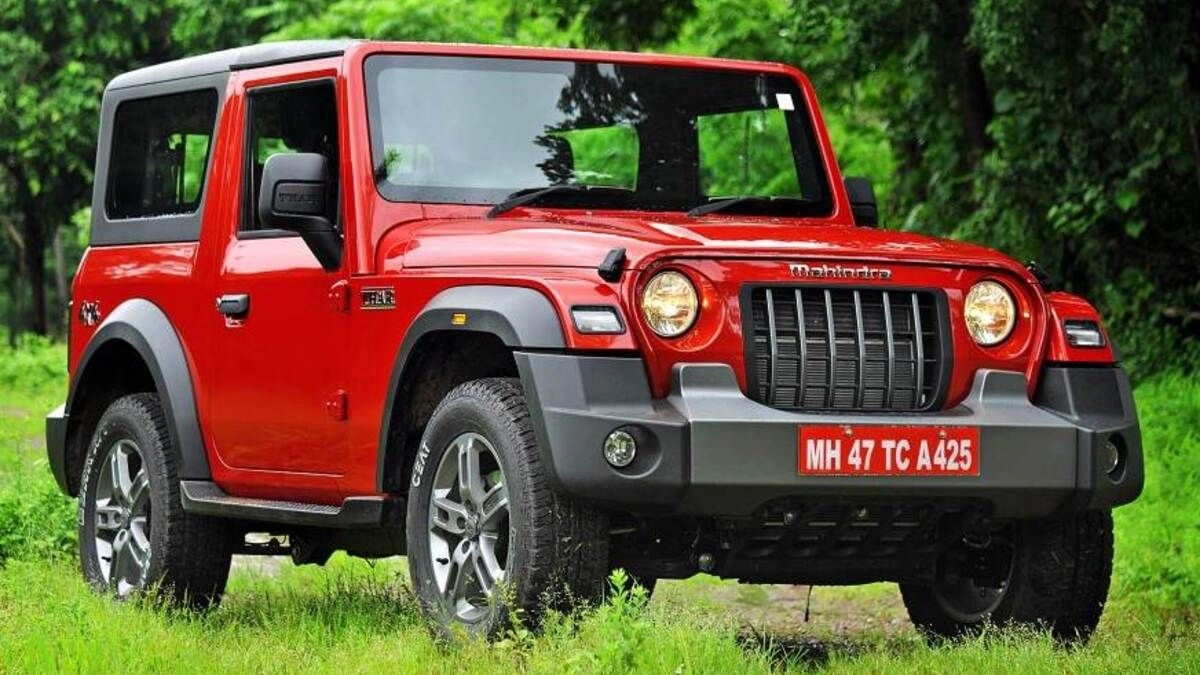
The road ahead, however, isn’t without its bumps. The biggest challenge? Electrification.
While Mahindra has been dominating the internal combustion engine (ICE) SUV space, Tata Motors has run away with an early lead in the electric vehicle (EV) market. Mahindra has showcased an ambitious “Born Electric” platform and a lineup of futuristic EV concepts under the XUV and BE brands. The designs look incredible. But the question remains: can they translate their ICE success into the EV world?
Manufacturing and selling EVs is a different ballgame, with a heavy reliance on battery tech, charging infrastructure, and a different kind of software ecosystem. They have the brand loyalty and the manufacturing prowess, as noted by theSociety of Indian Automobile Manufacturers, but they are playing catch-up. Replicating the magic of the Thar or XUV700 in the electric space will be their next great test. The entire Indian SUV market is watching.
But if the last few years have taught us anything, it’s that you should never, ever underestimate Mahindra. They’ve shown they can listen, adapt, and execute with breathtaking speed and precision. They didn’t just change their cars; they changed the conversation. And that, more than anything else, is the hallmark of a true market leader.
Frequently Asked Questions about Mahindra
What is the typical waiting period for popular Mahindra SUVs?
Patience is key! Due to overwhelming demand, waiting periods can be long. For models like the Mahindra XUV700 , Scorpio-N, and Thar, it can range from a few months to over a year depending on the variant and city. It’s always best to check with your local dealer for the most current information.
Why did Mahindra keep the old Scorpio after launching the Scorpio-N?
This was a strategic masterstroke. The original Scorpio has a massive, loyal following in semi-urban and rural markets, and among fleet operators. By rebranding it as the ‘Scorpio Classic’ and continuing its sale, Mahindra retained its core customer base while targeting a new, more premium buyer with the Scorpio-N. They essentially doubled their market coverage with one nameplate.
What are Mahindra’s plans for electric cars?
Mahindra has big plans for the EV space. They have showcased their INGLO “Born Electric” platform and are planning to launch a series of new electric SUVs starting from 2025 under two sub-brands: XUV.e and BE. Their first launch is expected to be the XUV.e8, which is essentially an electric version of the XUV700.
Is it worth buying a Mahindra car in 2024?
Absolutely. The new generation of Mahindra SUVs offers a fantastic combination of modern design, advanced technology, powerful performance, and proven safety (with several models scoring 5-star GNCAP ratings). While waiting periods can be a drawback, the overall product quality and value for money make them one of the most compelling choices in the Indian market today.
Who is responsible for the new design direction at Mahindra?
A lot of the credit for Mahindra’s design renaissance goes to Pratap Bose, who joined as the Chief Design Officer in 2021. His team at the Mahindra Advanced Design Europe (M.A.D.E) studio in the UK is responsible for the design of the XUV700, Scorpio-N, and the upcoming ‘Born Electric’ range.
